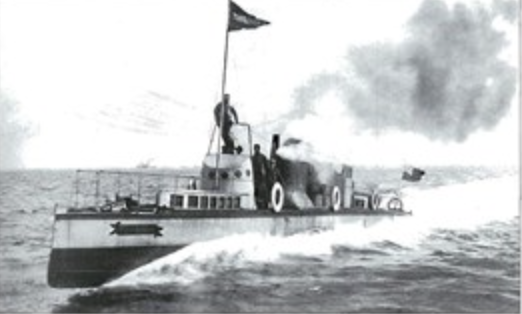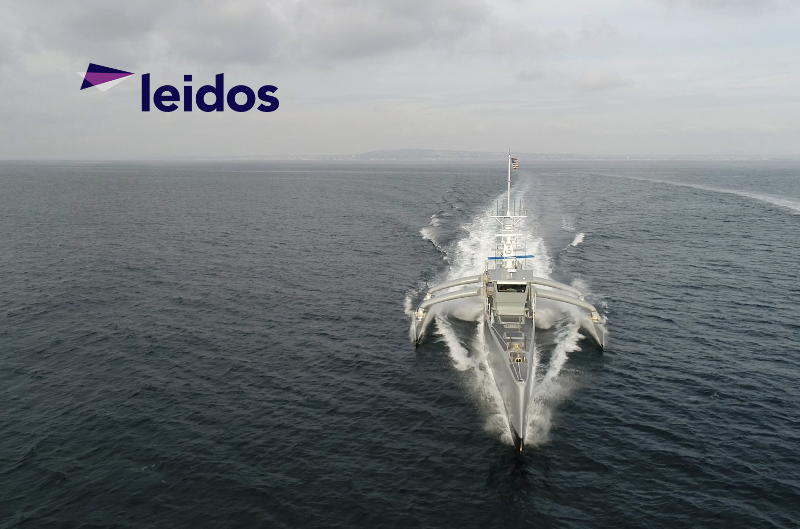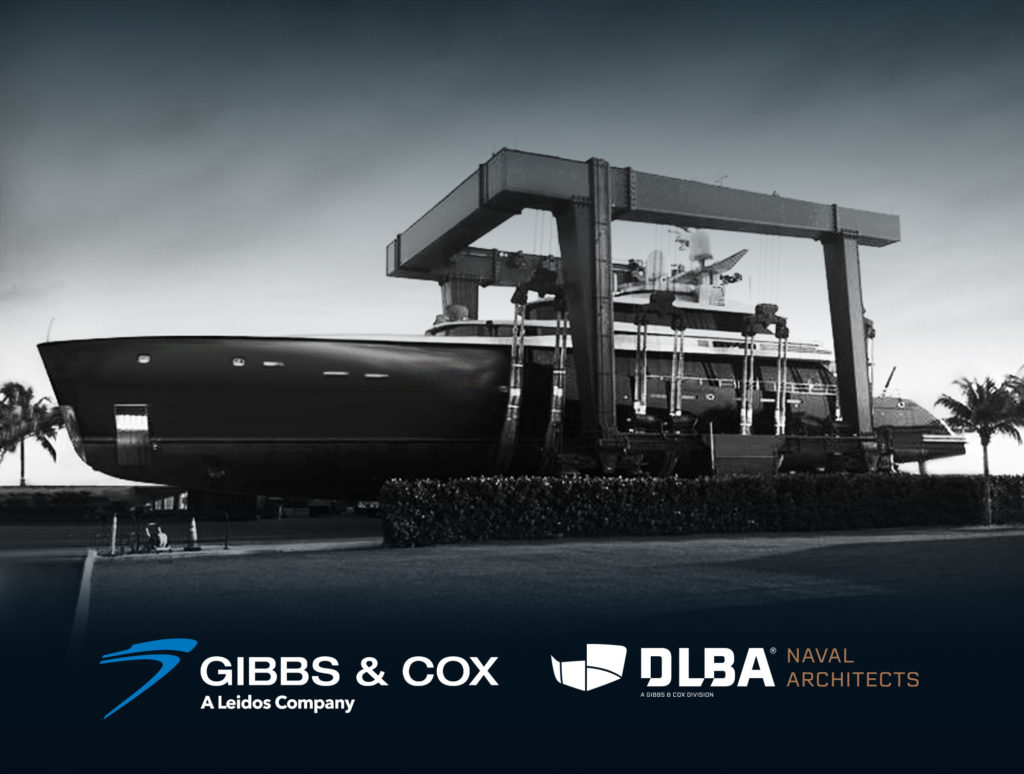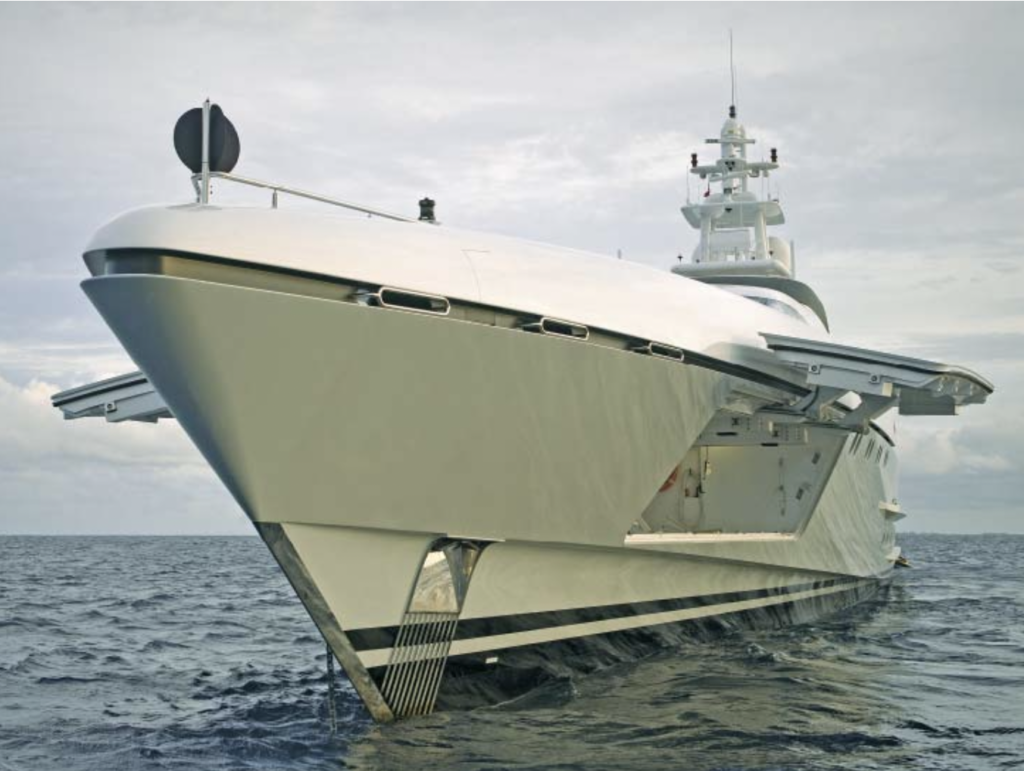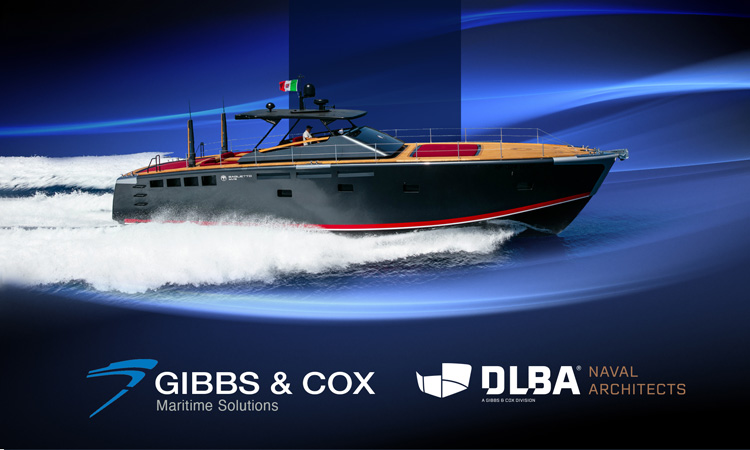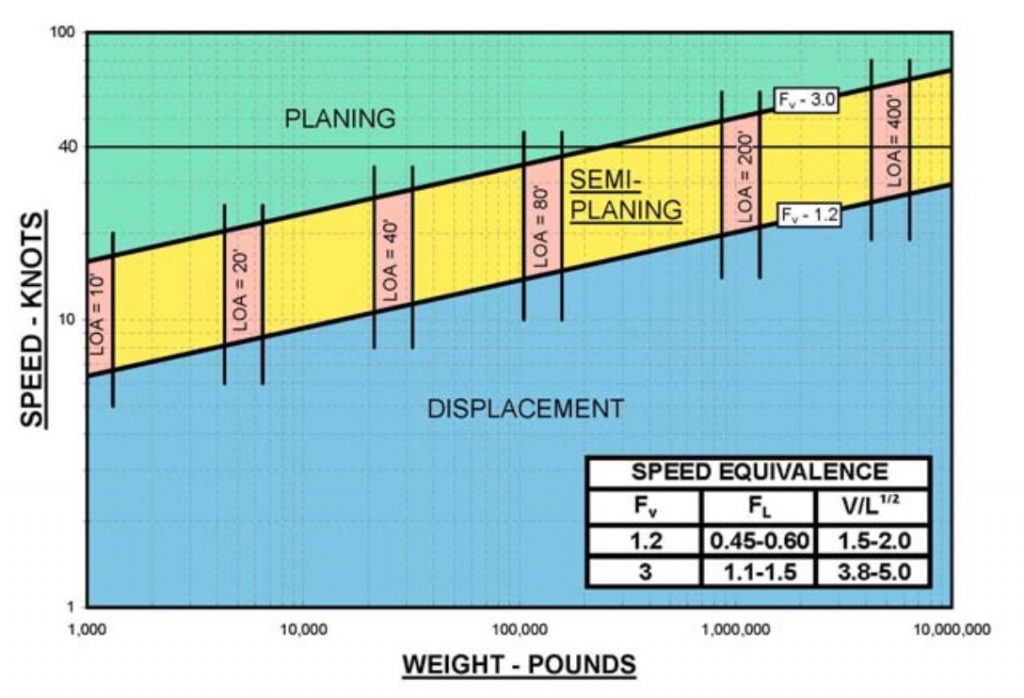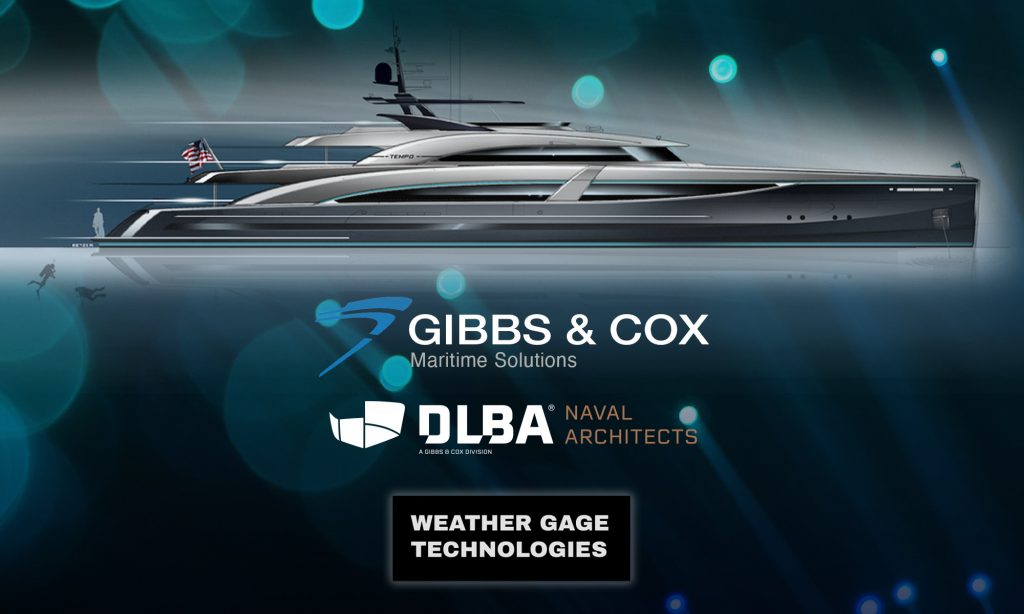In our estimation at DLBA, seakeeping considerations remain perhaps the most important element of boat design, for most boats. Certainly racing boats and other craft trying to set speed records have a need for speed which is paramount, but boats carrying workers, paying passengers, or recreational guests need to be comfortable.
Read More
In our estimation at DLBA, seakeeping considerations remain perhaps the most important element of boat design, for most boats. Certainly racing boats and other craft trying to set speed records have a need for speed which is paramount, but boats carrying workers, paying passengers, or recreational guests need to be comfortable.
Read More
We consulted our business navigational charts and set our sights on Autonomy and Ai in last year’s article on the 58m Tempo concept. We examined all our onboard systems and tested our ideas for sea-worthiness in our SuperYacht Times article last fall.
Read More
Lifting a yacht with a travel lift can be a stressful and difficult process. Using a travel lift can cause unexpected damages and other difficulties. However, there are times when using a travel lift is unavoidable and must be done for required maintenance.
Read More
The first step in having an efficient boat is to have an appropriate hull form for the intended vessel size and speed range. Most new recreational vessel designs today, with the exception of small outboard powered craft, fall into the non-dimensional speed range referred to as semi-displacement or semi-planing. While some people believe there are some minor technical differences in the terminology, we at DLBA believe they are one in the same.
Read More
Back in 2018 we added Donald Blount’s paper on the Design of Propeller Tunnels for High Speed Craft to our online library. Based on the interest received in this paper, we conclude that it remains a hot topic.
Read More
Earlier this year DLBA unveiled a 58-meter, artificial intelligence-powered superyacht concept, TEMPO. Now DLBA is expanding on the improved safety, efficiency, and reliability the superyacht industry can expect from AI in an upcoming webinar which the team invites you to join.
Read More
When you think about high speed craft, like the two projects SeaForce 410 CC and the CFD simulations for Scout Boats, one question that should flash through the designer’s mind is: “Will she become airborne?” This is an important question to know the answer to as it significantly increases structural loading on the hull structure and other components.
Read More
Our team has the pleasure of supporting many clients in the definition phase of their projects. In these early on, low maturity efforts, we have discovered the need to be able to produce relatively accurate design/product information in a short amount of time with little known information.
Read More
Earlier this year DLBA unveiled a 58-meter, artificial intelligence-powered superyacht concept, TEMPO. Now DLBA is expanding on the improved safety, efficiency, and reliability the superyacht industry can expect from AI in an upcoming webinar which the team invites you to join.
Read More


